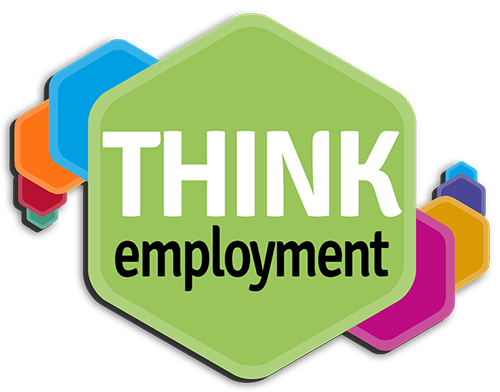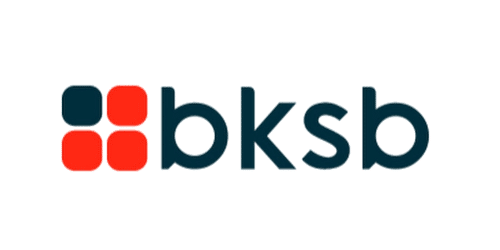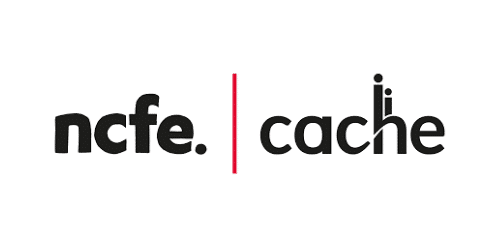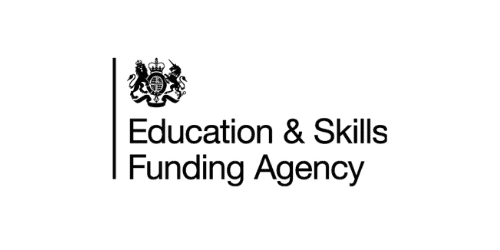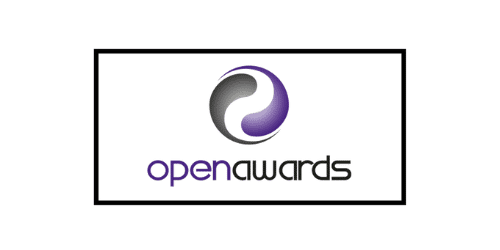Is there any exam end of the course. If so, is it online ?
Yes there is an option to take an exam at the end of the course and it is online but still under exam conditions and at an additional cost from the course itself.
Is the Functional Skills Maths Level 2 the same as a GCSE in Maths?
Functional Skills Maths Level 2 is an alternative qualification to GCSE Maths and is equivalent of a GCSE Maths pass grade.
Can you keep retaking the exam if you fail the first time round?
There is 1 resit included. However, your tutor wouldn’t put you in for the exam if they were not confident you would pass.
